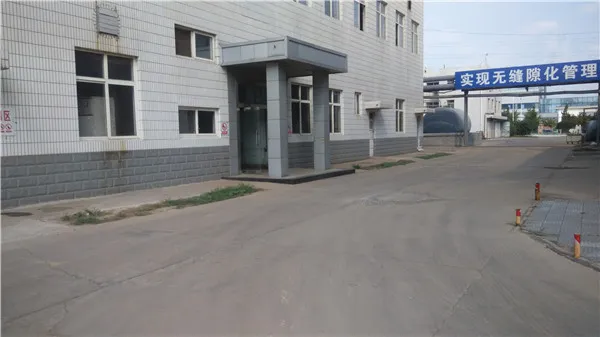Chemical Treatment of Water An Overview
Water is an essential resource for life, industry, and agriculture. However, not all water is safe for consumption or usage; often it contains impurities and pollutants that can pose significant health risks. To ensure water purity and safety, various chemical treatment methods are employed. This article provides an overview of the primary chemical treatments used in water purification processes.
Chemical Treatment of Water An Overview
Another common treatment is coagulation and flocculation, which involves the addition of chemical coagulants, such as aluminum sulfate (alum), to the water. These coagulants help to aggregate tiny particles, suspended solids, and colloids, forming larger clusters known as flocs. These flocs can then be removed from the water through sedimentation or filtration. This process not only improves water clarity but also reduces the concentration of harmful contaminants, ensuring cleaner water for subsequent treatment stages.
chemical treatment of water

Activated carbon is another vital component in chemical water treatment. It effectively adsorbs a wide range of contaminants, including chlorine, heavy metals, and organic compounds, through a process called adsorption. During water treatment, activated carbon filters or granules are used to remove impurities, enhancing the taste and odor of the water. Additionally, this method is beneficial in the removal of certain volatile organic compounds (VOCs) and pesticides, making it a crucial step in ensuring safe drinking water.
Moreover, the use of ozone as a chemical treatment has gained popularity due to its strong oxidizing properties. Ozone (O3) is generated from oxygen and is used to disinfect water by breaking down organic substances and killing microorganisms. Unlike chlorine, ozone does not leave harmful residuals, making it an environmentally friendly alternative. However, it requires careful handling and monitoring due to its instability and potential health hazards at high concentrations.
Finally, advanced oxidation processes (AOPs) have emerged as a revolutionary chemical treatment for water purification. These processes utilize powerful oxidants, like hydrogen peroxide combined with ultraviolet (UV) light, to degrade resistant organic pollutants, including pharmaceuticals and industrial chemicals. AOPs are known for their ability to produce hydroxyl radicals, which effectively oxidize and decompose contaminants into harmless by-products, thus facilitating the treatment of heavily polluted water streams.
In conclusion, the chemical treatment of water is a crucial process in ensuring safe and clean water for human consumption and industrial use. With various methods such as chlorination, coagulation, activated carbon filtration, ozone treatment, and advanced oxidation processes, water treatment facilities can effectively remove impurities and microorganisms. As water quality standards become more stringent, continued research and innovation in chemical treatment methods will play a vital role in addressing emerging contaminants and ensuring the sustainability of this invaluable resource.

